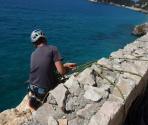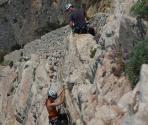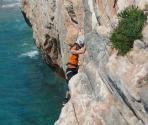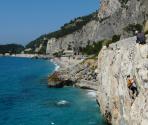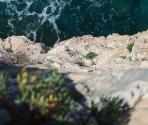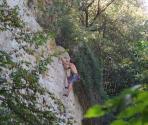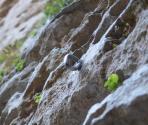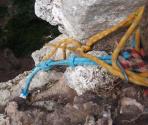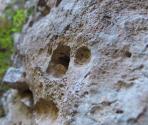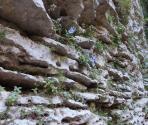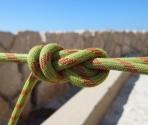Climbing in Finale
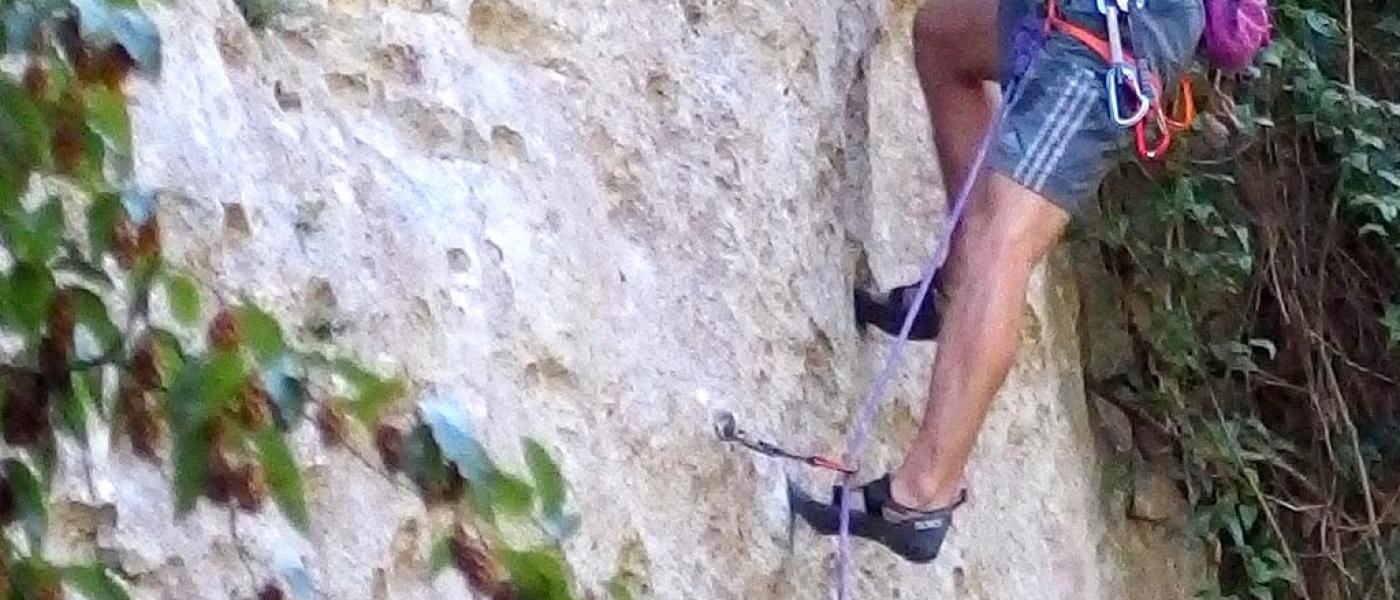
In order to tell the birth and development of rock climbing in the Finalese area it is necessary to start from the uniqueness of this territory, one of the widest karst area of all Italy. It is thanks to this limestone that in 1968 the first climbing routes were opened.
The Finalese area is now an international destination for rock climbers: its limestone is characterized by holes and by “drop -shaped” holds, so that it can be considered one of the most requested destinations in all Europe for climbing. The first climbing routes were opened by the Vaccari brothers, pioneers of the discipline, who had a conception more "alpine" of climbing than the actual. Climbing in Finale, in those years, meant to equip the brackets, nails, boots and hemp ropes. The subsequent promoters of the discipline, as Grillo and Calcagno, for example, came up over the years to a more sporty style. But only around the 80's thanks to the first input coming by France, a new concept of climbing (he so-called "free climbing") arose.
Thanks to it, it was possible to reach the maximum expression of the movement and progression based on natural handholds, and no more on the nails. They began to abandon the cracks, nails and boots, and from France came the great Berhault, who brought in the Finalese's area the perfect expression of this activity. Patrick Berhault showedus that it was possible to climb even on smooth slabs, even today considered "impossible" to climb. And above all that it was possible to do that with a smooth and fluid movement.

